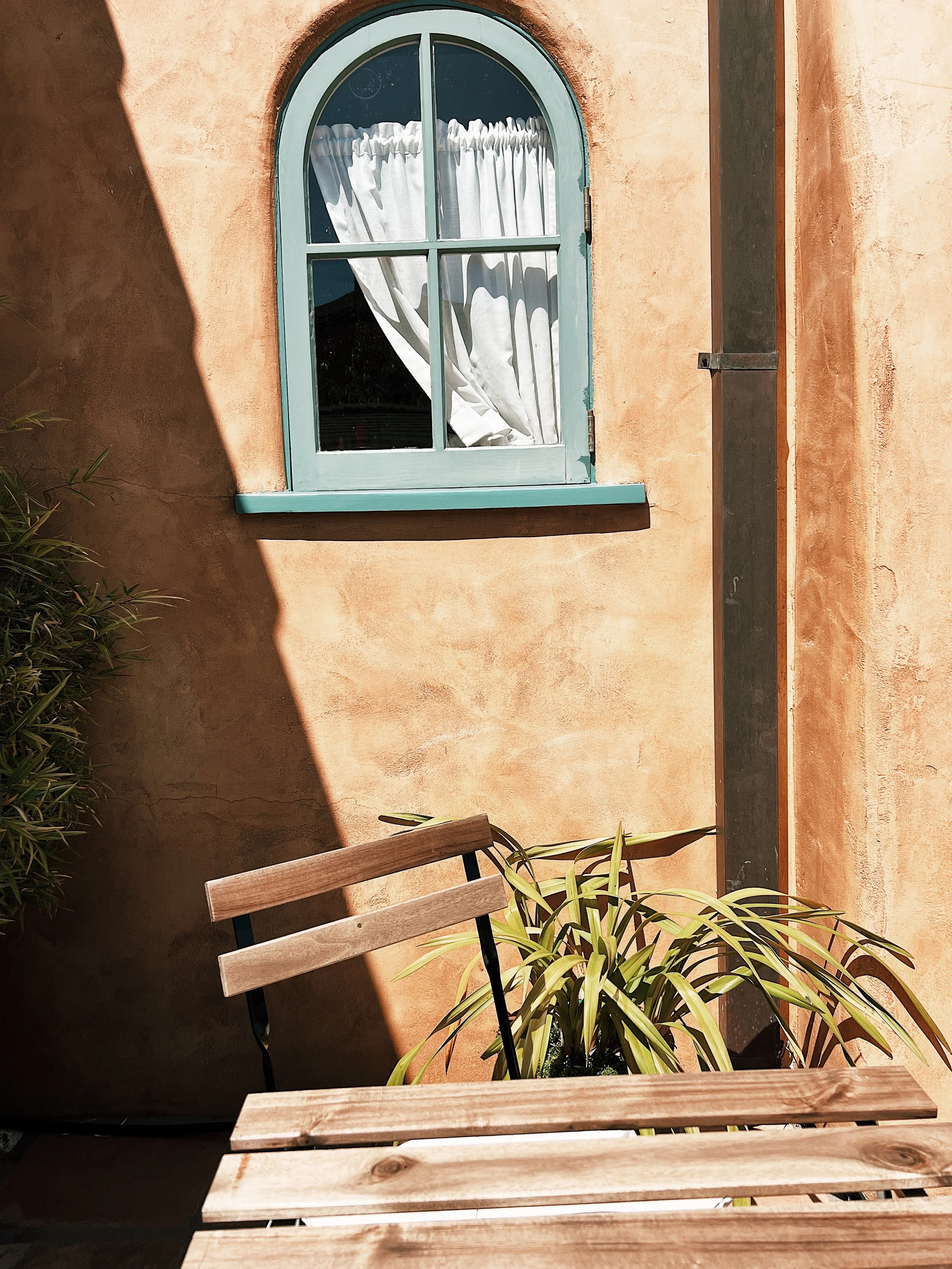How to Pick a Signature Style, Not a Trend
Updating the style of your home is an exhilarating and fun process! Hone in on your signature style by paying close attention to what resonates with you and the reason behind your affinity for that particular design. Remember: your style doesn’t have to fit in a certain box or category. Don’t limit yourself!
Interior designers have perfected their range of style that isn’t as easy to label, yet you know, through their use of cohesive elements and signature touch, that the room was intentionally designed and beautifully curated to suit the individual or family.
Similar to how a blank page can feel intimidating to writers, so can blank walls to dwellers.
Where do you begin?
Where do you find the inspiration?
With a myriad of daunting design choices, how will you narrow it down to a style that feels connected and uniquely your own?
Let’s put pen to paper and dive into 5 questions to ask yourself to help you pick a timeless style that you love and not a trend that will pass.
1. What kind of home is this?
Consider the architecture, the location, even the year your home was built or renovated. . Do you live in a high-rise in NYC? In the suburbs of a bustling city? Do you live in a craftsman bungalow in the Midwest? Get familiar with the history of your home to find a style that complements its origins. Notice how we said, “complement”? Don’t feel inclined to go ultra-sleek in your high-rise or put oars on a wall in your lake house. A simple nod to its architecture or surroundings can lay down the foundation from where you want to branch off from. Getting a good grasp of the bones of the space will provide a starting point of where you do or don’t want to go.
Caitlin Flemming via Wayfare Cabin
2. What is the function of this space? How do I intend to feel in this space?
Functionality is key to making your home feel cozy and comfortable. Nothing is worse than constantly bumping into furniture or putting every day objects in different spots because you lack sufficient storage. If your living room is meant to entertain, either friends or kids, set it up so it’s conducive to its purpose — whether that means rearranging furniture for conversation or adding a low-profile lounge sofa for family movie nights.
The follow-up question ties into form and function (the other ‘f’ that tends to get left out but is equally as important) — feeling. Does the design of the space allow people to feel refreshed and energized ready to tackle the day or serene and meditative as they unwind at the end of the day? Or a bit of both to create a multifunctional space that carry revitalizing and rejuvenating qualities.
Clements Design + Waldos Design
3. What colors or textures will this space need? What style should I incorporate?
Revisiting the previous question of how you intend to feel in the space, comes the psychology of color. If you chose peaceful and calm, consider colors that are muted like soft blues or sage green. If you chose a more energizing space, think of grounding colors to support and nurture the type of energy such as warm browns, creamy whites, or down-to-earth terra-cotta. Balance is key and what most people typically choose colors that throw off the yin and yang energy. If the purpose of the space is to energize, stay away from bold reds as it can throw it off way into the yang energy. Instead, design should support its function - so a grounded tone will keep the balance of energy.
April Tomlin Interiors
4. How do I begin choosing and coordinating pieces and finishes that will serve its purpose?
Much like you do not want to dress head to toe in a certain style - which would make you look like you’re wearing a costume piece in a particular time era, you wouldn’t want to deck your home in the same matching items. Don’t lock yourself into a certain style or trend. Embrace fluidity, flexibility, and negative space!
Once you’ve considered the previous questions, it’s time for the fun part - to narrow down to a certain “style” and by that, we mean how do I make the space cohesive? Instead of locking yourself into a certain design period or trend, think of why you gravitate toward it. For example, do you love the coastal look for its breeziness and airiness? Do you prefer mid-century modern for its warmth and simplified qualities? Do you like boho for its eclecticism? Do you like Art Deco for its unique shapes and vintage colors? Do you like modern-contemporary for its clean lines and minimalism? Dive deep into the reason why you gravitate toward these styles and pull the core meaning that resonates well with you and incorporate that reason into your “signature style”.
via Light & Dwell
5. How do I edit my space to make it my own?
Once you have an idea of which items you’ll choose in your space, take a step back and remove unnecessary items off your shopping list that doesn’t add as much value or impact. Simplify and keep only what’s necessary.
via Light & Dwell






